 Like a lot of the agricultural duties around our urban homestead, composting requires time and initiative. Unfortunately both our garden and our energy level are at a low point, both sapped by the record breaking heat – anyone see Al Gore’s movie? The result of this lack of effort has been the maggot party currently going on in our compost pile.
Like a lot of the agricultural duties around our urban homestead, composting requires time and initiative. Unfortunately both our garden and our energy level are at a low point, both sapped by the record breaking heat – anyone see Al Gore’s movie? The result of this lack of effort has been the maggot party currently going on in our compost pile.
The best compostin’ revolutionary I ever met, photographer Becky Cohen maintained a three pile system contained in bins she made out of scrap lumber. When the first bin would fill up, Becky would transfer the contents to the next bin, thus aerating the pile and creating room for additional materials. This aeration, combined with making sure to keep the pile moist produced a hot pile that kept the pests away and produced a high quality compost in a relatively short period of time – a few months. You can find instructions on how to build this type of compost system with used pallets on this web site.
Other composting systems include the lazy person’s single plastic bin, which you can make out of a garbage can, or you can buy a specialized composting bin. This is what we use around the Survive LA compound. The process is simple – put compostable materials (no meat, fish or oils!) into the bin, keep it moist but not wet, and wait a year. Also remember not to put weeds in the pile as the seeds can spread to wherever you use the compost. To speed up the decomposition process in a single pile composter, you can remove the compost contents, mix them up with a pitchfork, and put them back in the pile. Our composter is bottomless, so the soil underneath the bin gets fertilized as the compost decomposes, so when we move the pile the previous spot becomes a fertile new planting area.
There are also expensive tumblers, that rotate the compost in a large barrel. We’ve never tried one of these things and reviews that we’ve seen are mixed.
With any compost pile it’s best to maintain a 50-50 ratio of carbon material to nitrogen materials. Carbon materials are essentially everything that is brown, like dead leaves, sawdust and dry grass. Nitrogen materials include fruit, vegetable scraps and coffee grounds. The type of pile you construct depends upon the materials you have available to compost. Becky had lots of grass and leaves on a fairly large piece of property and the three pile system seemed the best to deal with a large amount of materials. We purchased our bin from the City of Los Angeles Bureau of Sanitation which hosts informative workshops where you can purchase a plastic compost bin for half price. The workshops are held at the Griffith Park Composting Education Facility.
The compost bin should be easily accessible from the kitchen, but far enough away so that compost problems, like smells and rodents don’t migrate to living quarters. Our pile is located too far from the kitchen, so in our laziness stinky piles of rotting fruits and vegetables often gather on the kitchen counter.
The presence of maggots in our pile indicates that we have an overabundance of kitchen scraps and a pile that is not hot enough. Turning the pile – much easier to do in the three pile system, increases the temperature and kills off the larvae. Another option is to put the kitchen scraps in a worm composter and use the big outdoor compost pile for leaves and other materials that flys are not attracted to. Worm composting is the best option for apartment dwellers.
But let’s get to the real reason we’ve brought up the topic of maggots. It’s really just to mention an exotic cheese from the island of Sardinia called formaggio con vermini, a pecorino cheese infested with live maggots. It’s apparently somewhat of a macho thing to eat this stuff and connoisseur insist that the maggots be active and wiggling. Like compost, cheese is a living system and formaggio con vermini may be the ultimate expression of life expressed in a food. Americans, unfortunately, both in their choice of presidents and their eating habits reject such exuberant expression of life. The French marketing guru Clotaire Rapille made this observation about how to sell cheese to Americans:
“In America the cheese is dead, which means is pasteurized, which means legally dead and scientifically dead, and we don’t want any cheese that is alive, then I have to put that up front. I have to say this cheese is safe, is pasteurized, is wrapped up in plastic. I know that plastic is a body bag. You can put it in the fridge. I know the fridge is the morgue; that’s where you put the dead bodies. And so once you know that, this is the way you market cheese in America.”
Paradoxically the life in the compost pile – the unwanted maggots- are there because we neglected our duties and treated the pile as a morgue for our unwanted food scraps, without properly aerating it, without giving the pile water and attention.
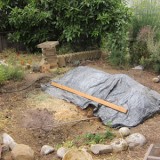
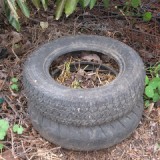
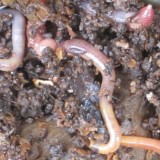
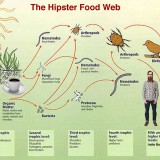
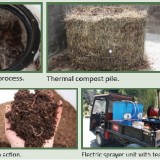
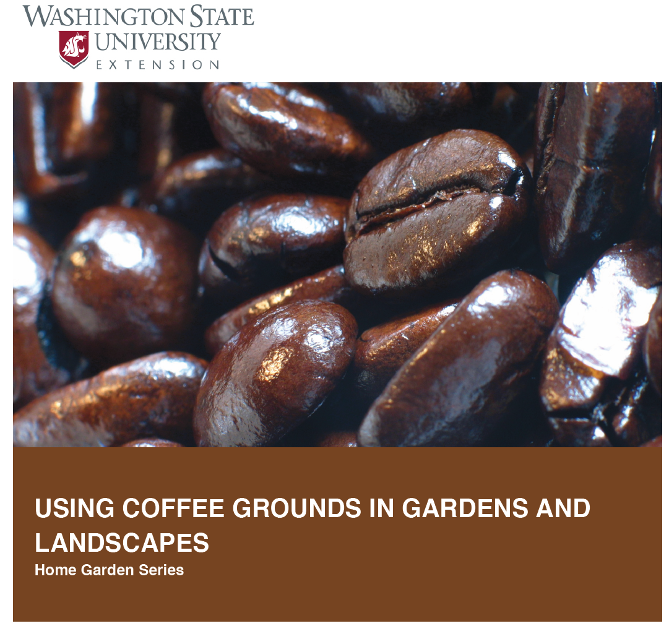
I am a new reader and have fallen in love with your site, so I decided to start reading your posts from the beginning.
This post was so helpful! I am new to composting and also have maggots and had no idea if it was normal or not. I’m guilty of too many kitchen scraps and not enough carbon materials. Thank you!
It’s a pleasure to find such rationality in an answer. Welcome to the debate.